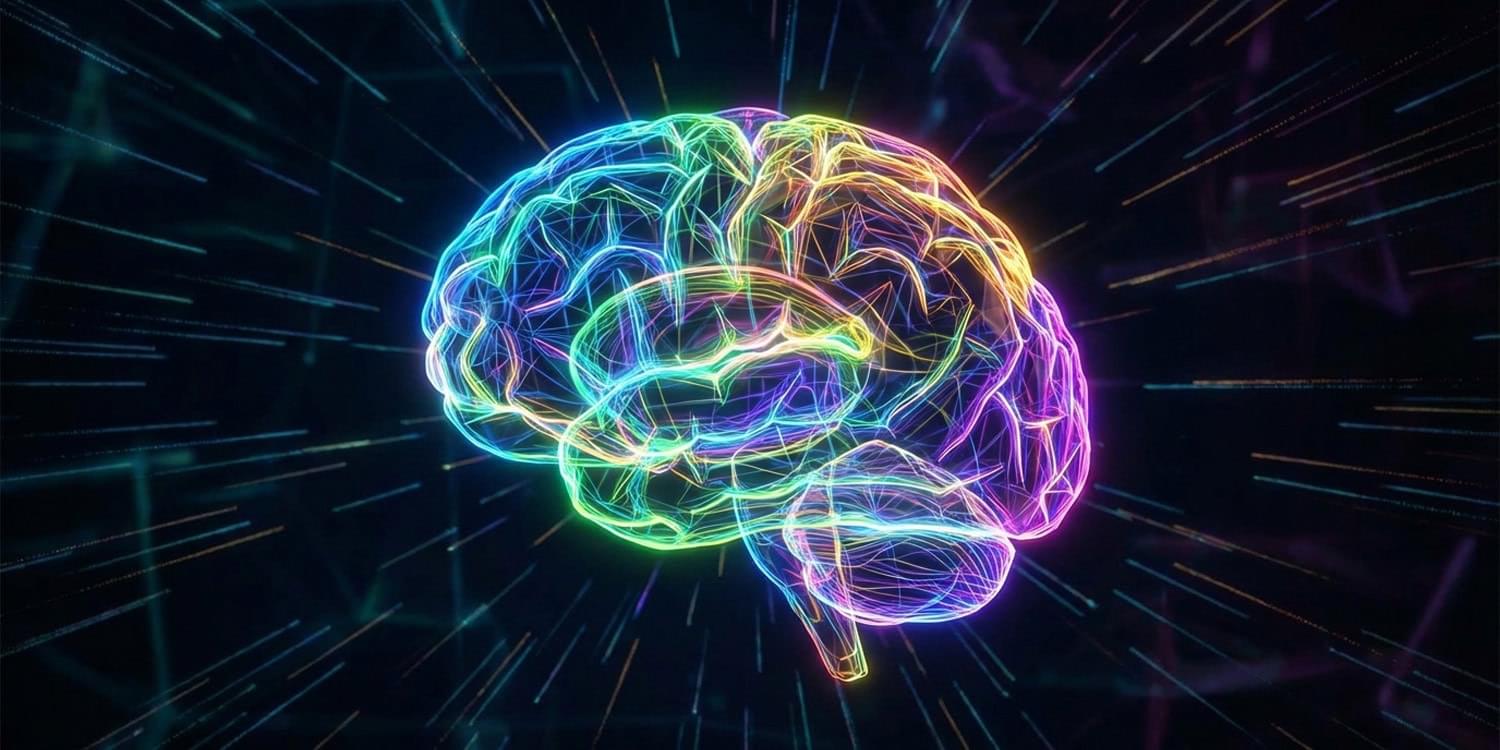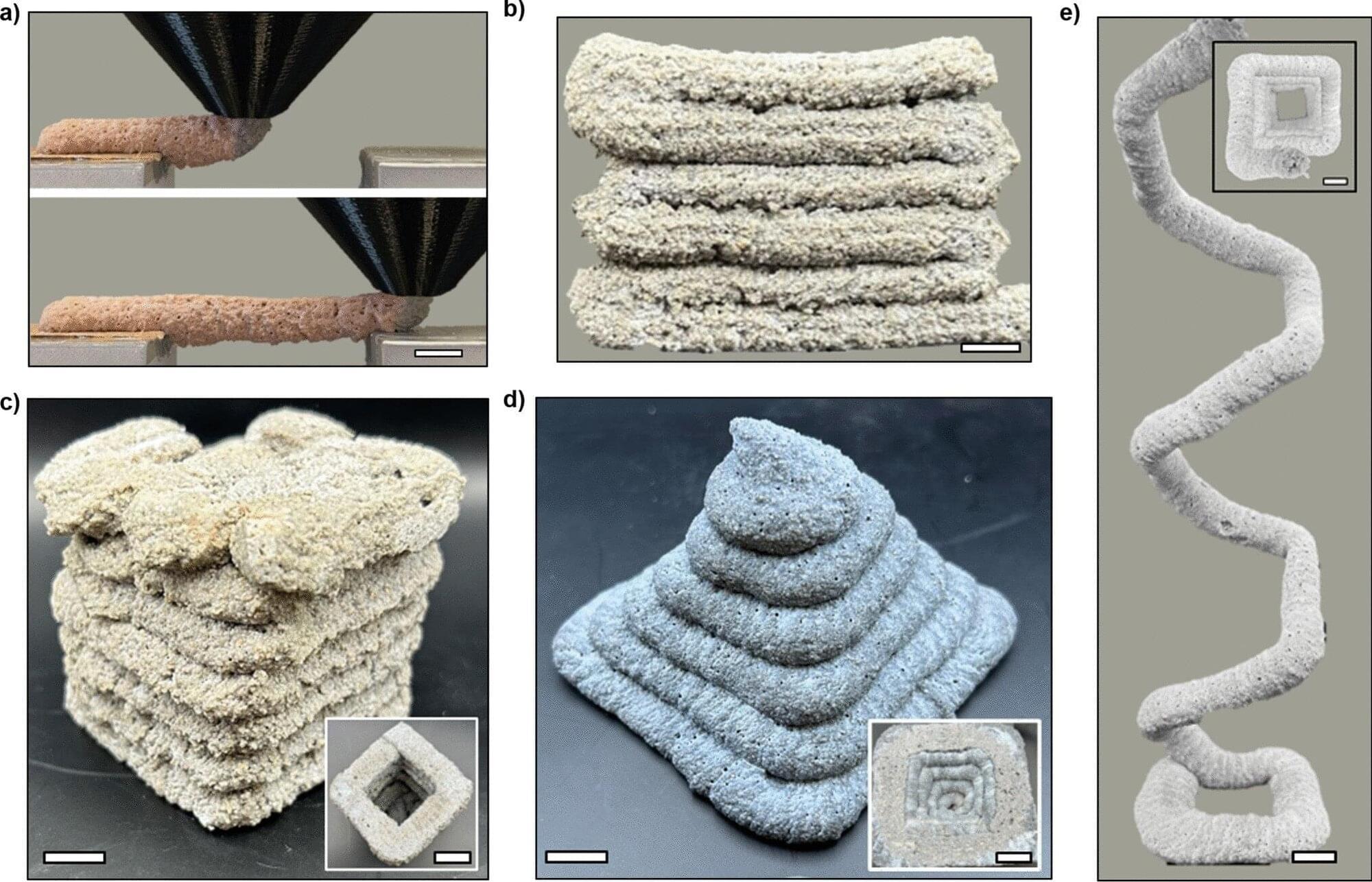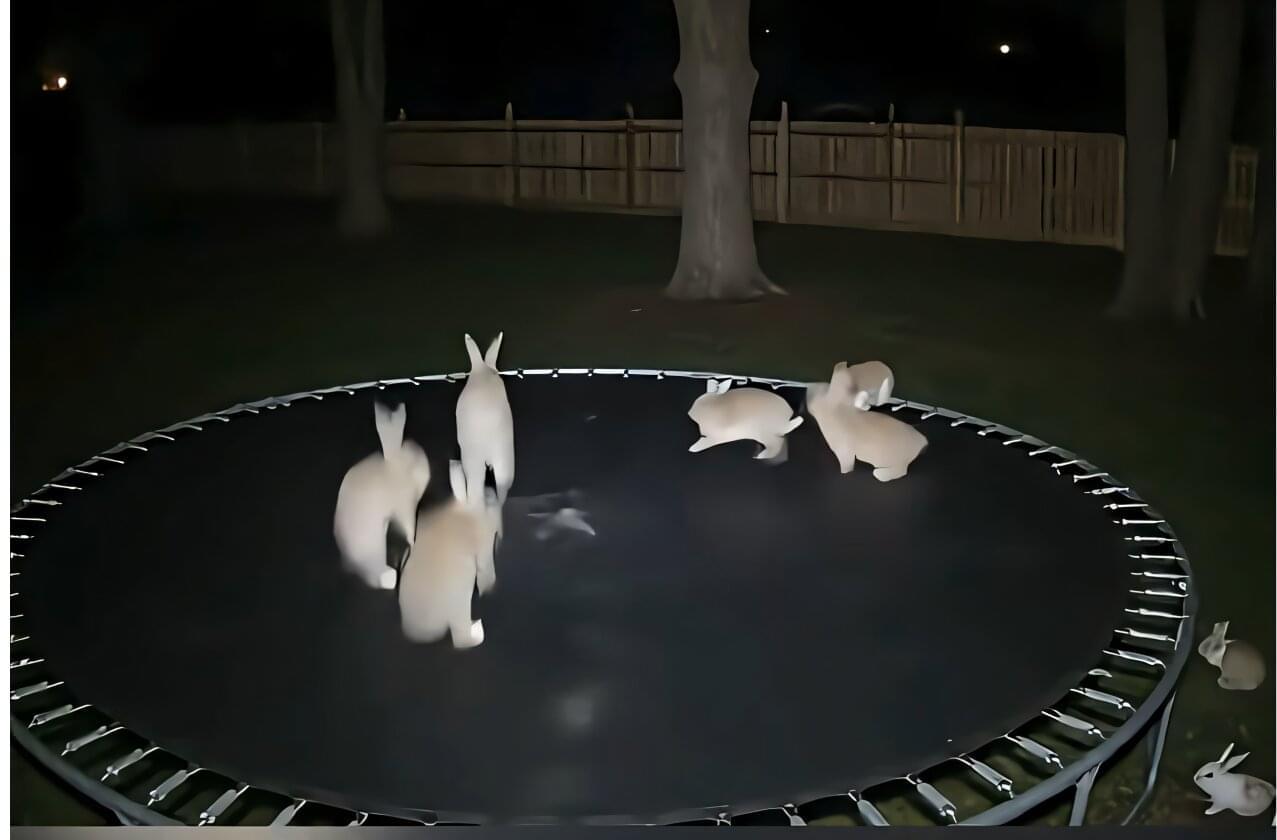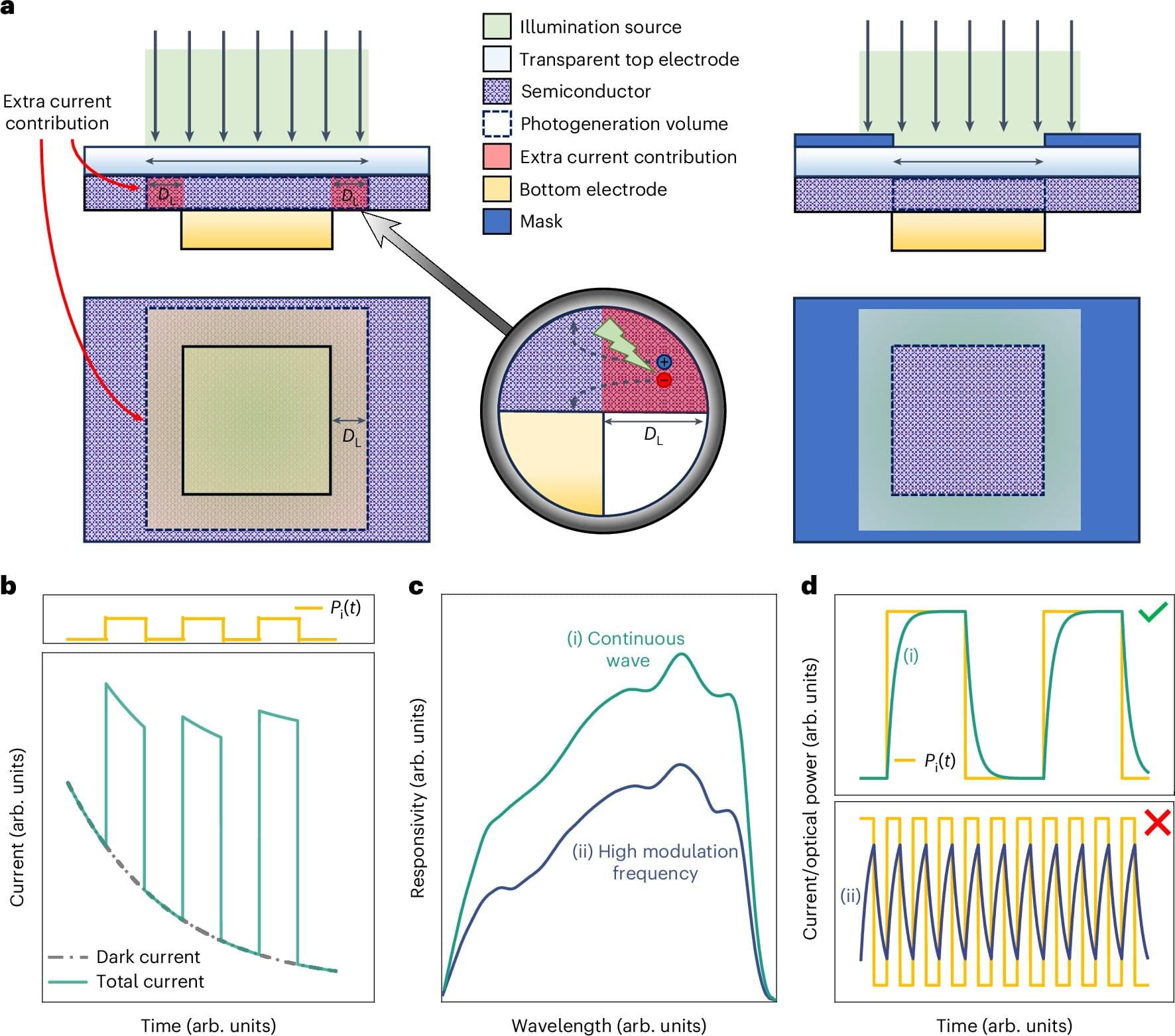The wildlife overpass spans Interstate 25 and connects 39,000 acres of habitat, allowing elk, deer, bears, mountain lions and other animals to cross safely.



New research published in Neuropsychologia provides evidence that adults with dyslexia process visual information differently than typical readers, even when viewing non-text objects. The findings suggest that the neural mechanisms responsible for distinguishing between specific items, such as individual faces or houses, are less active in the dyslexic brain. This implies that dyslexia may involve broader visual processing differences beyond the well-known difficulties with connecting sounds to language.
Dyslexia is a developmental condition characterized by significant challenges in learning to read and spell. These difficulties persist despite adequate intelligence, sensory abilities, and educational opportunities. The most prominent theory regarding the cause of dyslexia focuses on a phonological deficit. This theory posits that the primary struggle lies in processing the sounds of spoken language.
According to this view, the brain struggles to break words down into their component sounds. This makes mapping those sounds to written letters an arduous task. However, reading is also an intensely visual activity. The reader must rapidly identify complex, fine-grained visual patterns to distinguish one letter from another.

Congresswoman Elise Stefanik announced a major federal investment to bring next-generation semiconductor technology development to New York State.
Saratoga County sheriff’s deputy on leave after shotgun goes off in apartment.
A Saratoga County sheriff’s deputy is accused of accidentally firing a shotgun into a wall inside his apartment.

Researchers at Oregon State University have developed a quick-setting, environmentally friendly alternative to concrete they hope can one day be used to rapidly 3D print homes and infrastructure.
Also known as additive manufacturing, 3D printing is already being used to help solve construction challenges such as the global housing crisis that’s emerged as Earth’s population approaches 8.5 billion.
But cement, the binding agent in concrete, accounts for about 8% of the planet’s carbon dioxide emissions, and concrete’s curing time—which can be multiple days—and required structural supports can inhibit progress on construction projects.

Since humanity’s first steps on the moon, the aspiration to extend human civilization beyond Earth has been a central objective of international space agencies, targeting long-term extraterrestrial habitation. Among the celestial bodies within reach, Mars is considered our next home.
The red planet, with its stark landscapes and tantalizing similarities to Earth, beckons as the frontier of human exploration and settlement. But establishing a permanent foothold on Mars remains one of humanity’s boldest dreams and the most formidable scientific and engineering challenge.
The red planet, once draped in a thick atmosphere, has undergone dramatic transformation over billions of years. Its protective blanket vanished, leaving behind an environment nearly unrecognizable to terrestrial life.

About the size of a full-size pickup truck, a newly launched satellite by NASA and its partners will provide ocean and atmospheric information to improve hurricane forecasts, help protect infrastructure, and benefit commercial activities, such as shipping.
The Sentinel-6B satellite lifted off aboard a SpaceX Falcon 9 rocket from Launch Complex 4 East at Vandenberg Space Force Base in central California at 9:21 p.m. PST on Nov. 16. Contact between the satellite and a ground station in northern Canada occurred about 1 hour and 30 minutes later at 10:54 p.m. All systems are functioning normally.
“Understanding tidal patterns down to the inch is critical in protecting how we use our oceans every day on Earth,” said Nicky Fox, associate administrator, Science Mission Directorate at NASA Headquarters in Washington. “Sentinal-6B will build upon the legacy of Sentinel-6 Michael Freilich by making sea level measurements that improve forecasts used by communities, businesses, and operations across the country. It also will support a safer reentry for our astronauts returning home, including crew from Artemis Moon missions.”
Memo is trained on 10 million real-home routines collected from 500 families, giving it the intuition to handle unpredictable household chores.

#risk #tech #business #geopolitical
Geopolitical tensions and kinetic conflicts can impact both physical security and supply chain stability, as well as overall economic stability. Evolving and often contradictory regulatory environments can create compliance challenges across different jurisdictions. Operating on the home turf of potentially hostile nation-states can increase insider risk, as employees may choose or be compelled to misuse their privileged access to appropriate and exfiltrate sensitive information from the organization. There are also risks that remain agnostic of jurisdiction, such as cyber threats, whether perpetrated by criminals, state-backed actors, or even hacktivists.

A video is circulating on social media in which a leopard enters the backyard of a house where a child is playing, and a cat confronts the leopard and scares it away, protecting the child. The video has garnered over a million “likes” and has been shared more than 15,000 times.
Another series of videos shows bears or deer jumping on a trampoline in a backyard. In another, three raccoons float down a river riding on three crocodiles. All of these videos are created by artificial intelligence, and thanks to their high degree of realism, appear to be real.
Given the proliferation of these types of videos and the lack of research on this topic in scientific literature, researchers from the GESBIO group at the University of Cordoba—José Guerrero, Francisco Sánchez, Antonio Carpio, Rocío Serrano, and Tamara Murillo—have spotlighted this issue, analyzing the different consequences that these AI-generated videos have on the knowledge and conservation of wild species.

A global team of experts from academia and industry has joined forces in a landmark Consensus Statement on next-generation photodetectors based on emerging light-responsive materials, which could accelerate innovative applications across health care, smart homes, agriculture, and manufacturing.
Professor Vincenzo Pecunia, head of the Sustainable Optoelectronics Research Group (www.sfu.ca/see/soe), has led this global initiative culminating in the publication of a Consensus Statement in Nature Photonics. Featured on the journal’s cover, the paper provides a unified framework for characterizing, reporting, and benchmarking emerging light-sensing technologies. These guidelines could catalyze the adoption of such sensors across a wide range of applications, enhancing quality of life, productivity, and sustainability.
Light sensors, also known as photodetectors, are devices that convert light into electrical signals. They are at the heart of countless smart devices and represent a global market valued at over $30 billion, reflecting both their ubiquity and economic significance. Emerging photodetectors—including those based on organic semiconductors, perovskites, quantum dots, and two-dimensional materials—could take this field even further by enabling ultrathin, flexible, stretchable, and lightweight sensors. These next-generation photodetectors promise lower costs, enhanced performance, and unique functionalities, paving the way for applications that were previously impossible.